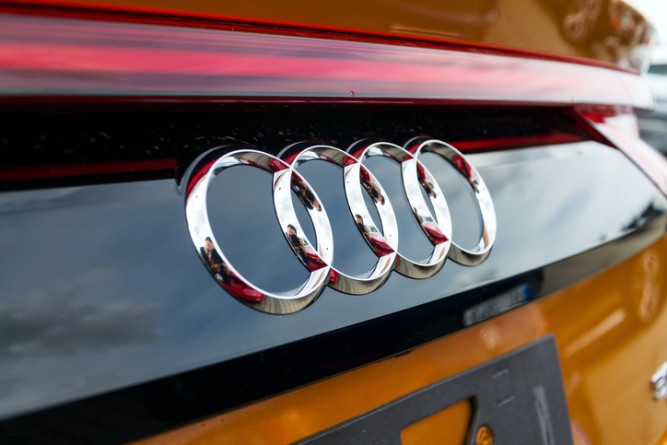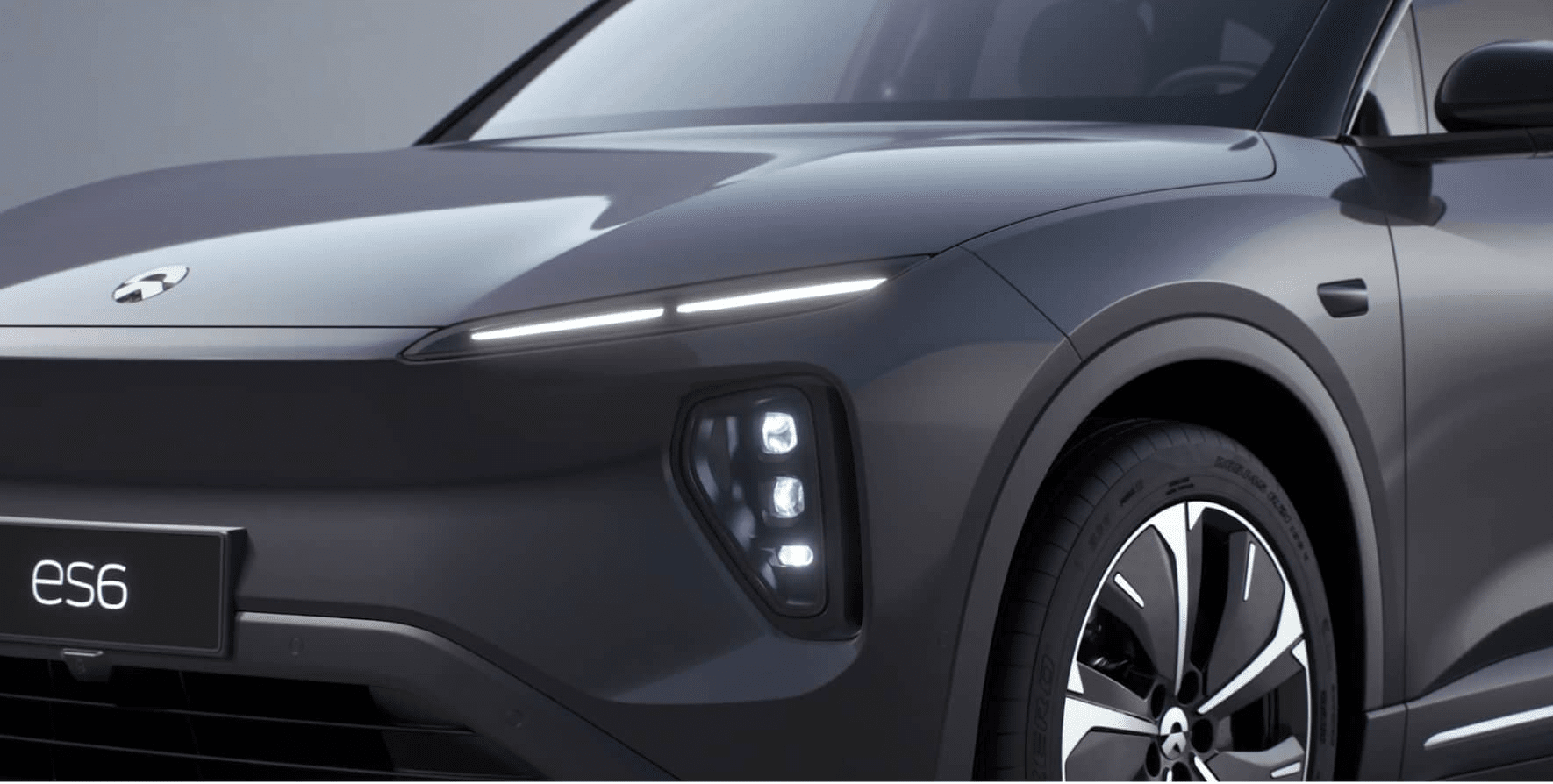Ashley Johnson, senior associate at Ashurst in Melbourne, gave this statement in reaction to the trademark dispute involving the German luxury car manufacturer and Nio. In November 2024, Australian intellectual property authorities ruled in favour of Nio. They concluded that the marks were significantly different and not substantially similar.
"In an automotive context, this suggests the commonality of features would need to be near-identical for a later mark to be denied protection and highlights the potential challenges that may arise for enforcement purposes," said Johnson.
Nio’s application for the registration of its ES series of marks covers vehicles and the like under Class 12.
According to Audi, the marks are similar to its own trademarks, namely S6, S7 and S8 which also cover vehicles under Class 12. Audi also claimed Nio used the letter E only to refer to electric vehicles (EVs) and that it is commonly used by car manufacturers for their electric vehicle lines.
The company added that E serves a purely descriptive purpose within Nio’s marks. Thus, the main components of Nio’s marks are actually S6, S7 and S8 which may cause confusion among consumers







